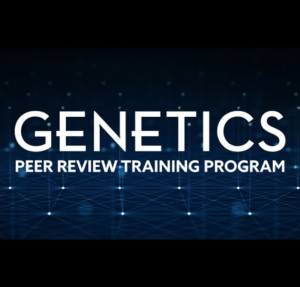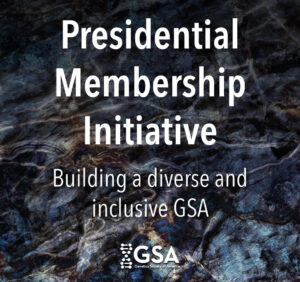Students, postdocs, academic faculty, and industry researchers will all find benefits at the new Industry Sessions at TAGC, to be held April 22–26 2020 in the Washington DC region.
When industry scientists and academic labs collaborate, both society and science benefit.
That’s one of two big-picture messages Kailene Simon hopes will be conveyed through a new series of sessions to be held at The Allied Genetics Conference (TAGC) in 2020. The other? “You can do exciting, creative science in an industry setting!” says Simon, a senior scientist with the Rare and Neurologic Diseases Group at Sanofi.
Simon is working closely on developing the Industry Sessions with Mark Johnston, who is a professor at the University of Colorado School of Medicine and the Editor in Chief of GENETICS.
The sessions were originally proposed to meet the needs of GSA’s early career members. “Students and postdocs keep telling us they are interested in careers in industry but don’t know where to start,” says Johnston. “We wanted to help remove some of the mystery.”
But although there is a strong career element to the initiative (there is a recruitment event and an industry career session) the overall focus is on the science. At the “The Biotech Pipeline,” scientists will present on research that has moved from an academic setting to eventual clinical translation. In “Genetic Technology in Agriculture,” researchers will discuss their work improving crops and livestock through genetics. “There have been terrific advances in these areas in recent years that we think attendees will enjoy learning about,” says Johnston. At the Careers in Industry session, Simon will present on transitioning to a biotech career and will interview a range of industry scientists about their experiences.
Both Simon and Johnston hope the sessions will seed industry-academia collaborations.
“We can’t do our job without academic science,” says Simon. “Everything we do is built on the foundation of basic science.” Although industry labs typically have plenty of resources, she says, they don’t often have the luxury of time to explore new research avenues. That’s why industry researchers attend conferences like TAGC, where there are so many new ideas hatching and where they can build relationships with researchers working at the limits of the field. They also get to meet and recruit talented early career researchers into their labs.
The exchange is not one-sided. Academic researchers who spend their careers chasing down new ideas and projects lack the infrastructure to see their ideas applied in the clinic or marketplace. It is quite common, says Simon, for academic labs to receive funds from industry labs, thus establishing a collaboration with the common goal of clinical application. This allows the academic lab to “keep doing what they’re doing,” i.e. pursuing discovery research and building knowledge. Collaborating with industry can provide academic labs with not only funds, but translational expertise, access to clinical or field samples, and the institutional machinery for bringing an idea through development and approval to market.
“Genetics has so much potential for clinical application, I think it’s important that the translational side is also part of the discussion,” says Simon. Like many in the GSA community, she has a particular interest in rare diseases. Gene therapy is the only true cure for many of these diseases, she says.
“If we are to stand a chance of being successful, we’ll need all hands on deck.”
Learn more about the Industry Sessions at TAGC ≫
Learn more about ways to connect with potential colleagues and employers at TAGC ≫




